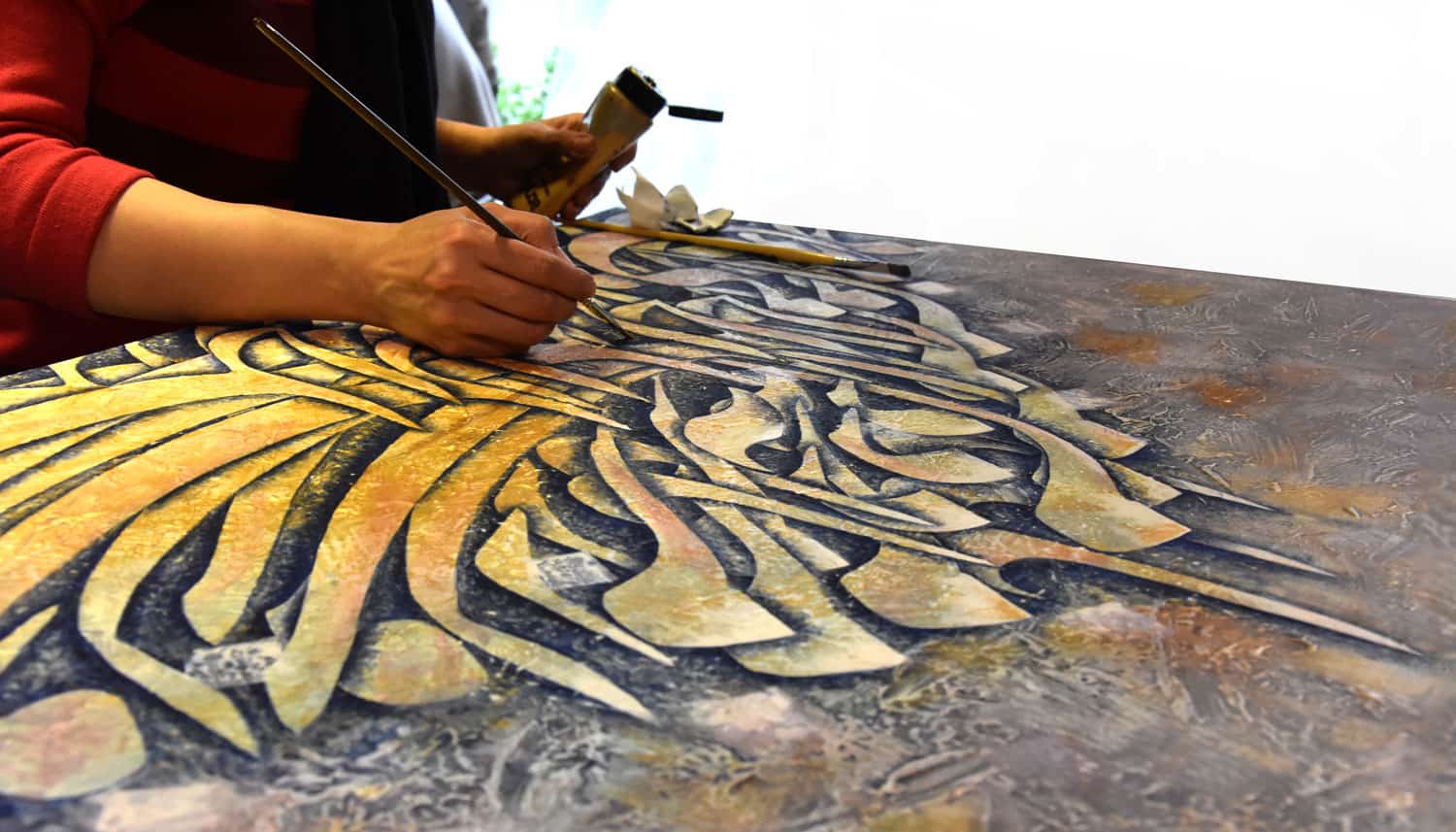Sure, here are some reasons for the success of calligraphy and its popularity among people in the Persian Gulf countries:

• Cultural Significance:
Calligraphy has deep cultural roots in the Persian Gulf region, where it is considered not only an art form but also a reflection of the region’s rich heritage and traditions.
• Religious Importance:
Calligraphy plays a significant role in Islamic art, as it is often used to adorn religious texts, mosques, and other religious buildings. In the Persian Gulf countries, where Islam is the predominant religion, calligraphy holds a special place in the hearts of the people due to its association with spirituality and devotion. calligraphy in Persian Gulf
• Aesthetic Appeal:
The intricate and elegant nature of calligraphy appeals to people’s senses and aesthetics. The graceful curves and flowing lines of Arabic script create visually stunning artworks that captivate viewers and evoke a sense of beauty and harmony. calligraphy in Persian Gulf
• Status Symbol:
In the Persian Gulf countries, owning and displaying calligraphy artworks is often seen as a symbol of prestige and sophistication. Many people take pride in acquiring and showcasing pieces of calligraphy as a way to demonstrate their appreciation for art and culture.
• Educational Value
Calligraphy is also valued for its educational benefits, as it teaches patience, discipline, and attention to detail. In schools and cultural institutions across the Persian Gulf countries, calligraphy is often taught as part of the curriculum, further contributing to its popularity and widespread appreciation.
Overall, the success of calligraphy in the Persian Gulf countries can be attributed to its cultural significance, religious importance, aesthetic appeal, status as a symbol of prestige, and educational value.









